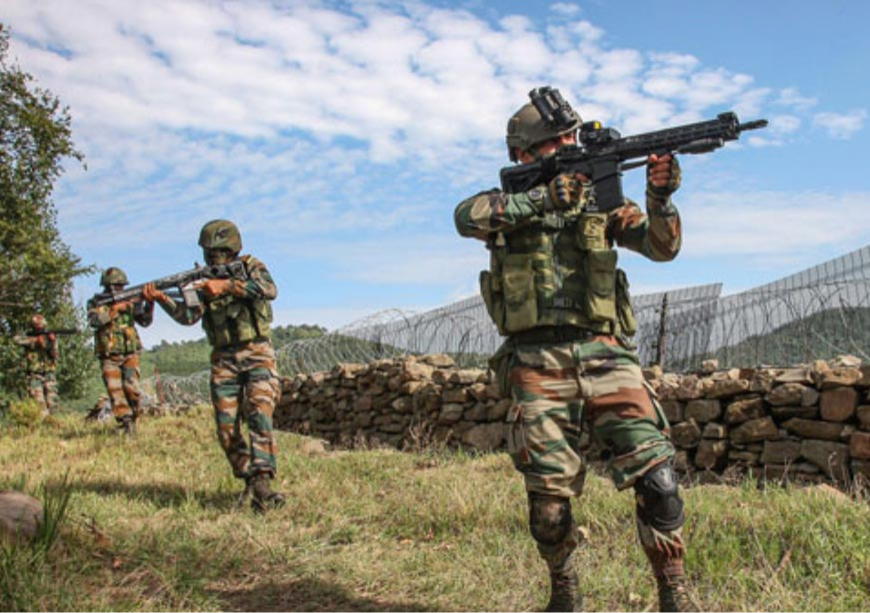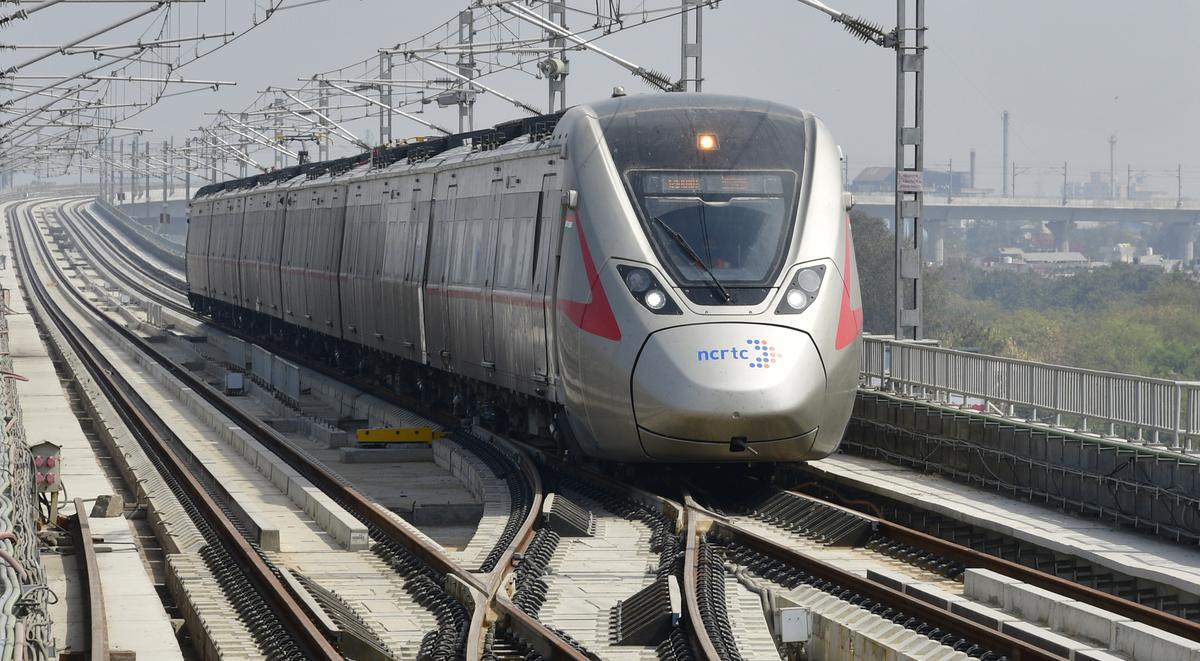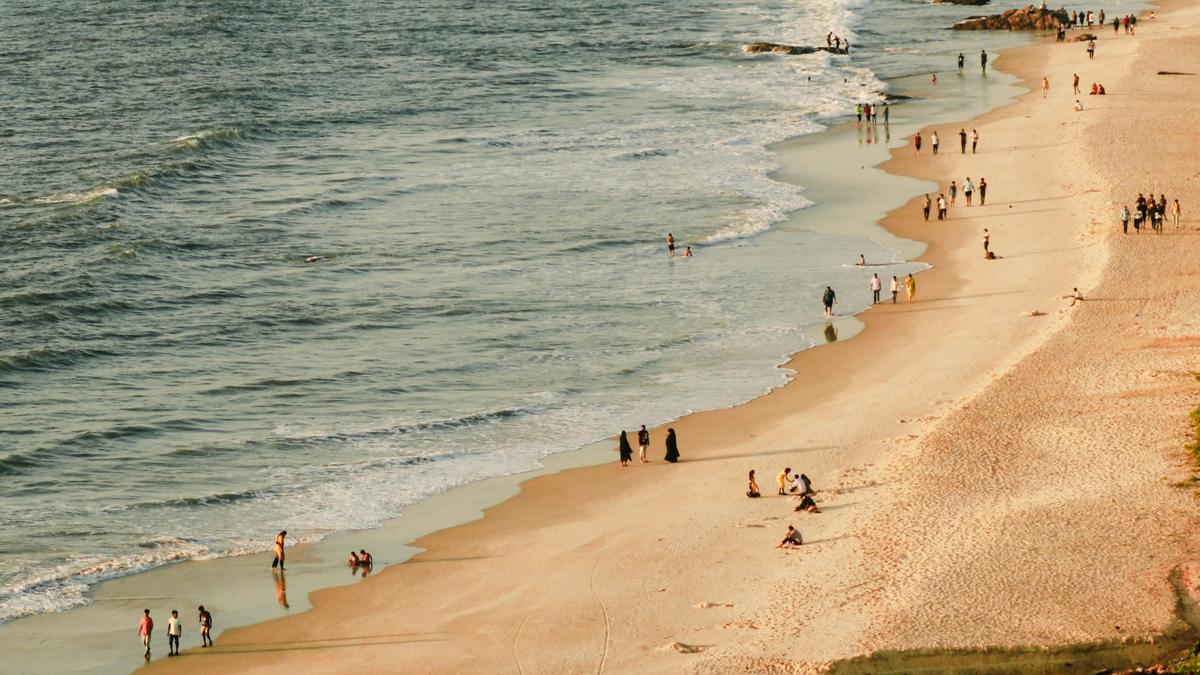- Courses
- GS Full Course 1 Year
- GS Full Course 2 Year
- GS Full Course 3 Year
- GS Full Course Till Selection
- Online Program
- GS Recorded Course
- NCERT (Recorded 500+ Hours)
- Polity Recorded Course
- Geography Recorded Course
- Economy Recorded Course
- AMAC Recorded Course
- Modern India, Post Independence & World History
- Environment Recoded Course
- Governance Recoded Course
- Science & Tech. Recoded Course
- International Relations and Internal Security Recorded Course
- Disaster Management Module Course
- Ethics Recoded Course
- Essay Recoded Course
- Current Affairs Recoded Course
- CSAT
- 5 LAYERED ARJUNA Mentorship
- Public Administration Optional
- ABOUT US
- OUR TOPPERS
- TEST SERIES
- FREE STUDY MATERIAL
- VIDEOS
- CONTACT US
Creation of Integrated Theatre Commands
Creation of Integrated Theatre Commands

Significance: GS III; Defence and Security;
Why in the News?
The Indian government is planning for the big change - the Army, Navy, and Air Force will be reorganized to operate more closely as a single unit - “Integrated Theatre Commands.”
- The Ministry of Defence has also (in Jan 2025) announced that 2025 will be the “Year of Reforms” for the armed forces.
- Plan is to have a major push to modernize and upgrade the defence forces so that they work better together and are ready for future challenges
What are “Integrated Theatre Commands (ITC)”?
- An ITC is a military structure where the Army, Navy, and Air Force operate under a single commander for a specific geographic area or thematic purpose.
- This unified command aims to improve coordination, decision-making, and combat effectiveness by pooling resources and ensuring seamless integration of forces.
- Structural Mandate:
- The Chief of Defence Staff (CDS) is responsible for making sure the Army, Navy, and Air Force work together smoothly in every area—like operations, logistics, training, and support.
- The plan is to have three main theatre commands:
- Two land commands (for the western and northern borders)
- One maritime (sea) command (for the coastline)
- It is recommended that the heads of these commands, as well as the Vice CDS, should all be four-star officers—just like the Army, Navy, and Air Force chiefs, and the CDS.
Why is this change necessary?
- Instead of each branch fighting separately, the ITC system makes better teamwork and coordination, which is much more effective in modern warfare.
- For example, India will be better prepared for threats from countries like China or Pakistan, or for handling emergencies like natural disasters.
- With one commander in charge of a region, decisions can be made quickly without waiting for approval from different branches.
- Service chiefs focus on building and maintaining the force; theatre commanders focus on using it during operations - it clarifies the role with respective boundaries.
|
Countries with Integrated Theatre Commands |
|
|
United States |
Has 11 unified geographic and functional combatant commands (e.g., Indo-Pacific Command, Central Command) that integrate all service branches for global operations. |
|
China |
Reorganized its military in 2016 into five theatre commands: Eastern, Southern, Western, Northern, and Central, each responsible for specific strategic regions and threats. |
|
Russia |
Operates four main military districts (Western, Southern, Central, Eastern) functioning as theatre commands, integrating land, air, and naval forces for regional defense. |
|
United Kingdom |
Has a Joint Forces Command overseeing cyber, intelligence, and logistics, integrating operations across services, especially for overseas deployments |
|
France |
Uses Commandement des Operations Speciales and other joint operational commands to coordinate special forces and overseas military actions |
|
India is moving toward this model, with the Andaman and Nicobar Command as its only operational tri-service theatre command so far, and plans underway for more integrated theatre commands |
|
What are the major challenges to adapt with the ITC system in the context of India?
- Lack of Unified Doctrine: The Indian Army, Navy, and Air Force have different operational cultures and priorities, making it difficult to agree on a joint war-fighting doctrine and command structure.
-
- For example, the Indian Air Force, in particular, has concerns about losing operational control and resource dilution within theatre commands.
- Transitioning from single-service to joint commands requires major restructuring and clarity in roles.
- Resource and Budget Constraints: India’s armed forces face limited budgets, with the Army dominating allocations, which can skew resource distribution and influence within commands.
-
- The Air Force operates with fewer squadrons than required, and the Navy’s budget restricts its maritime capabilities.
- Outdated Equipment and Infrastructural Gaps: Many platforms, such as MiG-21s and delayed indigenous projects like the Arjun tank or new aircraft carriers, highlighted the existing gaps in modernization and integration.
-
- Underdeveloped infrastructure, especially in border areas like the Northern Theatre, hampers joint operations due to poor connectivity and logistics.
- The China-centric Northern Theatre and Pakistan-centric Western Theatre need tailored approaches to counter specific adversaries.
- These gaps affect the ability to effectively integrate and deploy forces under theatre commands.
- Technological Enhancement: India’s integration of advanced technologies (cyber, space, electronic warfare, and ISR—Intelligence, Surveillance, Reconnaissance) is still in early stages and lags behind countries like China.
Need for the Defence Reforms (Way Forward):
- Establish Clear Joint Doctrine and Command Structure: Develop and formalize a unified war-fighting doctrine that clearly defines the roles, responsibilities, and authority of theatre commanders and service chiefs.
- This should be backed by robust joint training and regular inter-service exercises to build trust and operational synergy.
- Optimize Resource Allocation and Modernize Equipment: India should prioritize modernization of outdated platforms and invest in new technologies, so each theatre command is well-equipped for its specific operational requirements.
- Streamline Command Hierarchy and Integration: Need to establish high-level organizational structure by initiating joint staff committees and integrated logistics, acquisition, and human resource management for seamless functioning.
- Upgrade Infrastructure and Technology: Need to invest in infrastructure in strategic areas (especially border regions) and accelerate integration of advanced technologies like cyber, space, and electronic warfare capabilities.
|
PYQs Relevance: Analyse the multidimensional challenges posed by external state and non-state actors, to the internal security of India. Also discuss measures required to be taken to combat these threats. (UPSC CSE 2021) |
|
Also Read |
|
| FREE NIOS Books | |



